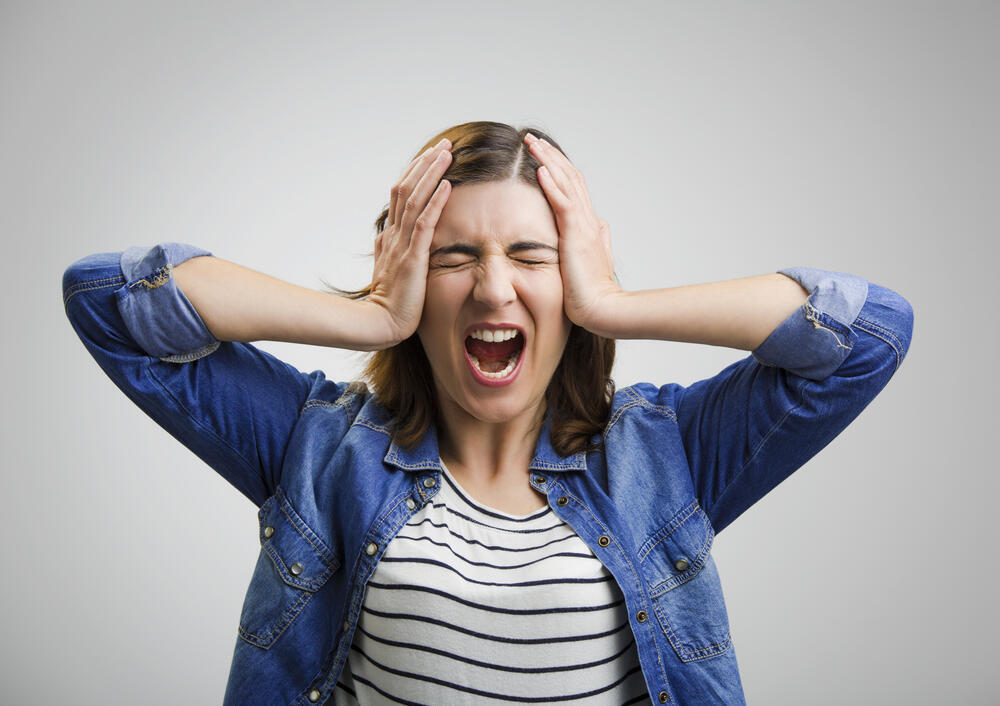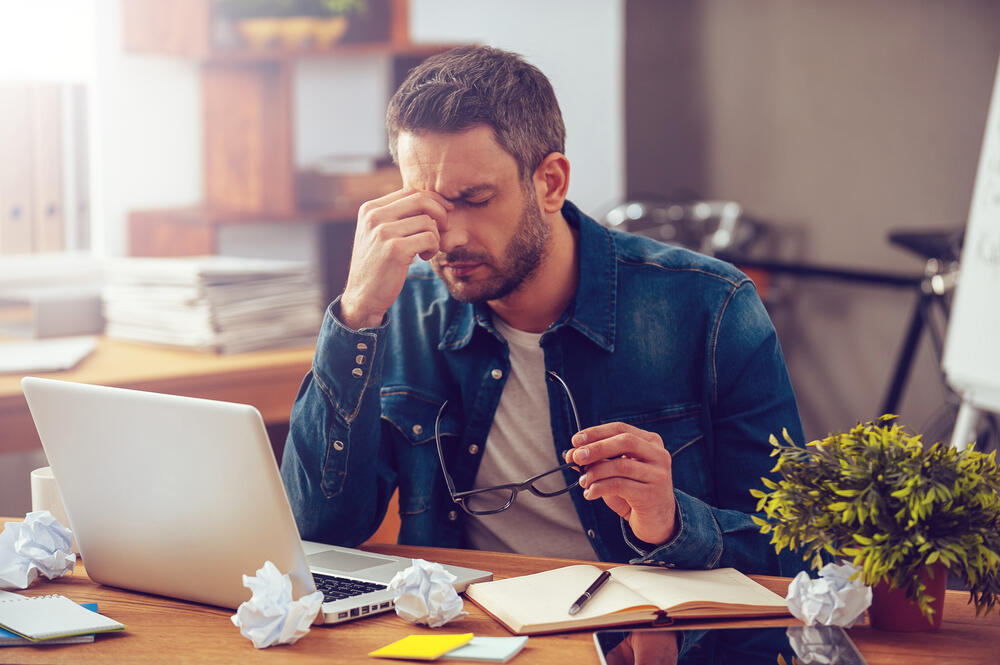We all face stress at some point in our lives. It's a common phenomenon, a hallmark of modern living, with a variety of causes. Stress often comes with a mix of negative emotions, cognitive expressions, and even physical effects like pain and bodily restrictions.
Read more:
In this era of turmoil and unrest, many find it challenging to unwind from daily stresses. Surprising? Not really. A 2022 survey in the U.S. by CNN found that political and economic issues were the main stressors for more than a third of the respondents.
However, stress doesn't always have to be negative. Stress and strain on our muscles lead to achievements and muscle mass building, for example. When stress occurs in short bursts for healthy individuals, it usually isn't a problem, but when prolonged, especially in older and/or unhealthy people, the long-term effects can be significant.
Ofer Tzachar, a certified physiotherapist and owner of Physio Fitness+ Clinic, explains how to harness your body to combat stress and breathe more easily.
First of all, can stress make us sick?
"Stress or pressure arises when we encounter an unexpected or threatening situation, and we are unsure how to cope with it. When we are under stress, the physical expression is manifested in a survival response known as fight or flight, producing physiological changes in our body to better deal with the (real or imagined) threat.
"Among these changes, one can note an increase in cortisol levels in the bloodstream, leading to the release of glucose into the body's major muscles to provide them with energy to confront the threatening factor. With the rise in cortisol, heart rate, pulse, and breathing also increase, creating physical responses that include nausea, dizziness and the like.
"These reactions can be very necessary when there is a real need to evade a threat - for example, a car on the road that's about to hit us, someone looking to harm us, etc. Once the situation passes, so too will the physical response calm down, cortisol levels will decrease, and all associated symptoms will also subside. However, in cases of chronic and prolonged stress, the fight or flight response does not cease, cortisol levels do not decrease - and all accompanying responses continue unabated.
"Remaining in such a state over time is not advisable, as prolonged high levels of cortisol can trigger and exacerbate various health conditions such as heart diseases, diabetes, digestive problems, and more. Stress also significantly contributes to the development of anxiety, pain intolerance, poor sleep, chronic fatigue, worry, joint pain, and more."
So, how do we cope with and alleviate stress?
"The World Health Organization has identified several effective ways to manage stress, including maintaining a regular routine, ensuring adequate sleep, eating a healthy diet, and limiting our screen time - the latter with a special emphasis on exposure to news and social media. However, above all, the most research-backed tool for dealing with stress and chronic pressure is physical activity.
"Physical activity has been found to be an extremely effective tool for stress management on a psychological basis. While it does not directly eliminate stressors, it can significantly affect mood, reduce tension, and improve sleep quality – key factors that contribute to stress. Thus, engaging in regular and long-term physical activity enables individuals with particularly high stress levels to cope with challenges more balanced and beneficially.
"Research clearly demonstrates the positive impact of physical activity. A study three years ago found the effectiveness of strength and conditioning exercises on various stress symptoms, particularly in improving anxiety. Another study found that engaging in aerobic physical activity of light to moderate intensity over time and routinely helps alleviate symptoms of depression and pressure.
"Engaging in physical activity also releases endorphins in our body - neurotransmitters that, among other things, improve mood. Simultaneously, it contributes to lowering cortisol and enhancing blood flow in the body."
How do you implement it?
"It's quite simple. Engage in any physical activity that resonates with you: walking, running, swimming, cycling, gym workouts, Pilates, CrossFit, dance, boxing, and more. The key is to establish a weekly workout routine that is challenging (i.e., increases your heart rate and presents difficulty). Opt for weekly activities that work on both aerobic and anaerobic components.
"Once you've chosen an activity, try to create a weekly workout routine and gradually increase the difficulty level over time. If possible, combine the activity with friends or in a group setting - it's been found that the social aspect helps both directly with stress management and with maintaining consistency in the activity.
"You can also complement your activity with another that includes elements of mental relaxation, which has been found to further aid in coping with stress and pressure situations."





